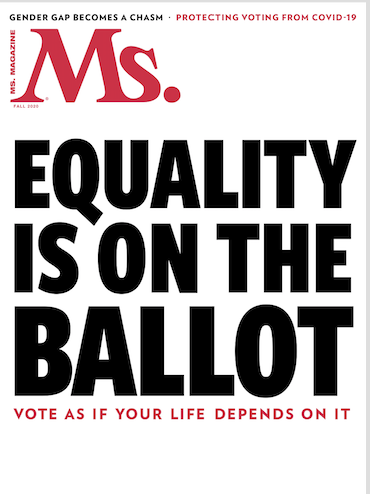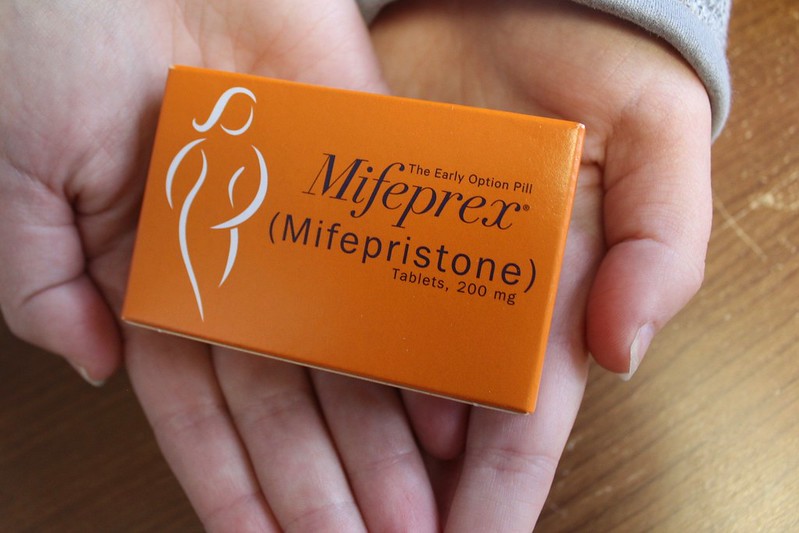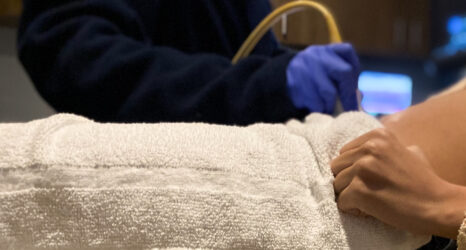A federal judge removes a ‘substantial obstacle’ to accessing abortion during the pandemic.

In the ongoing fight for abortion rights, reproductive justice advocates earned a victory this summer—albeit a precarious one—when a lower court judge suspended FDA guidelines that required patients who are prescribed mifepristone to travel to a hospital, clinic or medical office to pick up the medication, rather than fill the prescription by mail, for the duration of the COVID-19 public health emergency.
The federal judge, Judge Theodore Chuang, ruled that “in-person requirements” impose a “substantial obstacle” for those seeking a medication abortion during the COVID-19 pandemic.
In response, the Trump administration filed an emergency request to the Supreme Court to have the rule reinstated (The Trump administration often seeks this type of intervention when it loses in the lower courts).
On Thursday, the Supreme Court delayed ruling on the Trump administration’s restrictions on mifepristone (one of two drugs used together as medication abortion to end pregnancies and as miscarriage management)—meaning the Supreme Court will allow, for the time being, medication abortion to continue to be dispensed by mail during the COVID-19 pandemic (despite the Trump administration’s protest).
“Lifting the restrictions on medication abortion can dramatically expand access,” said Sung Yeon Choimorrow, executive director of the National Asian Pacific Women’s Forum. “People should be able to get the care and information they need to have an abortion on their own terms, whether that is at a clinic or in their home, and without fear of punishment.”

This article originally appeared in the Fall 2020 issue of Ms.
Become a member today to read more reporting like this in print and through our app.
FDA Restrictions on Medication Abortion
Despite 20 years of safe use, the FDA still restricts how medication abortion care is dispensed.
Before this summer ruling, women were required to make an in-person visit to a clinic or medical office to access the abortion pill. Meeting with a doctor via telemedicine and receiving the pill by mail, having a prescription called into a pharmacy or using a mail-order pharmacy were not options as they are for the majority of other medicines. The Food and Drug Administration is currently challenging the ruling and requested that the in-person requirement be reinstated, but the request was denied by the 4th U.S. Circuit Court of Appeals in August.

First approved for use in the U.S. two decades ago, medication abortion refers to the process in which an abortion-seeker takes two medications—mifepristone and misoprostol—in order to terminate a pregnancy up to about 10 weeks after the last menstrual period or to manage a miscarriage. This process is highly effective (with a more than 95 percent success rate) and safe (serious complications occur in fewer than 4/10 of 1 percent of cases), according to the Guttmacher Institute.
In his ruling, U.S. District Judge Chuang temporarily suspended the in-person federal requirement for abortions, allowing doctors to have mifepristone mailed directly to their patients. (The other drug, misoprostol, is not as regulated as mifepristone, and is not as difficult for patients to access.)
But this ruling does not affect the 18 states that currently prohibit telemedicine abortion with state-level restrictions, leaving many patients with the decision of whether to risk contracting COVID- 19 in order to obtain an abortion.
Dr. Jamila Perritt, an OB-GYN and abortion provider in Washington, D.C., has seen these restrictions on telemedicine and abortion by mail function as barriers to access.
“You actually have to be face-to- face with the provider. And they have to watch you ingest this medication, and … that is the biggest barrier,” Perritt explains. “Those barriers are compounded when you have any life circumstances that might make it dif- ficult for you to get [to a provider’s office]. Do you have a job? Do you have other children? Do you have issues with transportation?”
Dr. Abigail Aiken, an assistant professor at the University of Texas at Austin who researches medication abortion access in the U.S. (among other countries), believes that the ability to access abortion by mail would dramatically increase access overall, and afford patients privacy and autonomy in a way that the current FDA restrictions do not.
“You see this in the demand for on- line telemedicine, too—if someone is able to have pills mailed to them, it just removes the transport barriers, the distance barriers. It makes it radi- cally less expensive. It’s much more convenient,” Aiken says.
While July’s ruling has lessened the burden for medication abortion- seekers for now, the FDA’s regulations, as well as state-level restrictions, remain in place long-term.
As few as 30 days after the current federal public health emergency is over, the same strict rules that have limited access for the past two decades will once again go into effect across the country.
You may also like:





